-
How Is Perfume Made?
Millions of us, both men and women and even children, love to wear perfume, but how is perfume made? Whether for a night out, just to wear when meeting a friend for coffee, or a day in the office, perfumes are a hugely popular product and have been around for thousands of years.
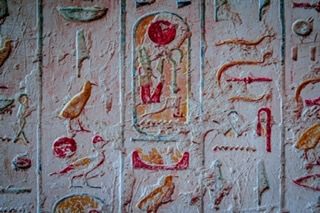
Cleopatra was a well-known perfume wearer from ancient history Wearing perfume can have many benefits, such as lifting our mood, complimenting an outfit, or grabbing the attention of the secret admirer. It’s become part of our everyday wear, and we have lots to choose from with so many on the market today.
We have already covered how to store perfume correctly and how to use perfume to get the most out of your scent, but what about where perfume comes from?
The history of perfume dates back to ancient times, as far back as 3,000 BC. The Greeks first created perfumes in the same way they are created today.
The creation of perfume
Many raw materials are required before the manufacturing process starts. Ingredients such as spices, leaves, fruits, resins, and flowers are all used during the first stages of creating a perfume.
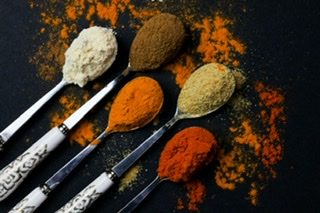
Spices 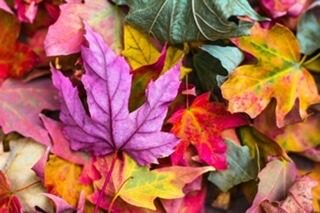
Leaves 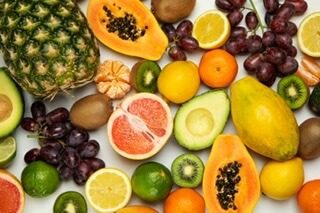
Fruits 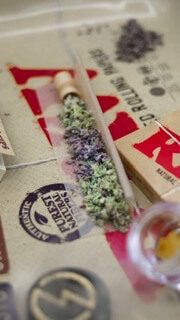
Resins It will be challenging to create a perfume without floral essences without adding flowers. Most perfumes are based around floral scents, which are essential ingredients. When we think of fragrances like Chanel, we think of their perfumes made from their flower fields.
This is to ensure they have enough product to create their perfumes. Chanel is the largest fashion brand in the world, and Chanel No. 5 is an iconic perfume.
Animal products, such as musk and ambergris, can also be present in perfumes. Musk is very commonly used as a base note in perfumes, and it is secreted from animals such as the musk deer.

The musk deer 
The sperm whale Incredibly, ambergris is produced in the digestive system of sperm whales, which means that whale poo is used in perfumes. The smell matures, and as it ages, it develops into a beautiful scent that, once diluted with alcohol, is used in perfumery.
It’s not always easy to obtain perfume scents from nature, so synthetic chemicals are sometimes used instead.
Nowadays, we have a world of cruelty-free perfumes, so using synthetic chemicals can save the lives of animals that are killed for the oils used to make perfumes. Many perfume companies, such as FM WORLD, are cruelty-free.
How the oil is extracted for making perfume
Oil is first extracted from flowers and plant material to create fragrances. One way to extract oil from plants is by expression. The plants are squeezed until the oil is released, like squeezing the juice out of an orange or a lemon. Another method for boiling plant parts is to steam the plants to extract the oils. This process is known as steam distillation.
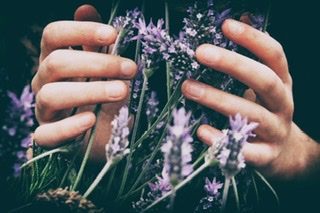
Another method involves dissolving plant parts in benzene and then exposing them to ethyl alcohol. The alcohol is then burned off so that the perfume oil remains and can be used.
Are you curious as to why perfume is so expensive?
When oil from around 660 roses is taken to create a 15ml bottle of French perfume, it’s no surprise why fragrances cost a lot of money.
Along with the celebrity endorsers, fancy packaging and sales assistance, it’s easy to see how a small bottle of perfume can end up with a hefty price tag.
Relevant post: The cost of perfume
How the experts create a perfume scent
It’s not a quick process when it comes to creating perfumes. It can take many years, and many ingredients before the experts reach the desired scent and formula. Of course, the result is a genuine perfume that we can wear for around two years and be complimented by others.
The experts must take time, extensive testing, and mixing to create the perfect scent.
Once the formula is created, the extracted oils are blended. When the experts have reached their desired scent, they mix alcohol to dilute the ingredients.
The stronger the perfume, the more alcohol is added to the mixture. Cologne, for example, contains the most alcohol.
When you purchase an eau de toilette, it will contain less alcohol than cologne. If you are buying a perfume, it will have the least amount of alcohol and, therefore, the most potent scent.
Perfume contains around 40% of essential oils, and cologne contains around 10%.
Affiliate Disclosure
This page contains affiliate links. Should you click on a link and make a purchase, I may receive compensation.
What happens after the oil and scents have been added
Once the oils have been extracted from the plants and blended in with alcohol, the mixture is ready for ageing. The perfume is set in a dark, cool room to do this. It will then stay there for several months without being disturbed or touched.
Whilst the perfume has been left, this will help to bind the oils and the alcohol together. Quite commonly, the smell will be more pungent after the ageing process. Adjustments to the blending can take place at this time.
When you see a bottle of perfume in a department store, getting there has been a long process. It will have been thoroughly tested to ensure the scent is perfect and how it should be before it is allowed to go on sale to the public.
So the next time you purchase a bottle of your favourite perfume, remember just how long it’s taken to get onto the shelves and in your possession.
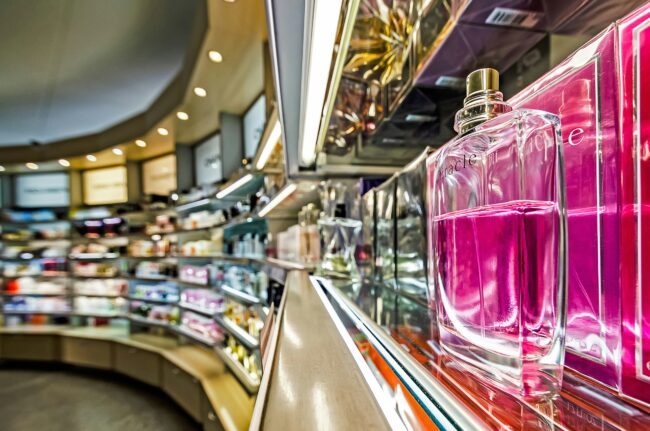
Perfume stores Do you have a favourite scent? Do you wear a different one every day to match your mood? Let us know in the comments below.
